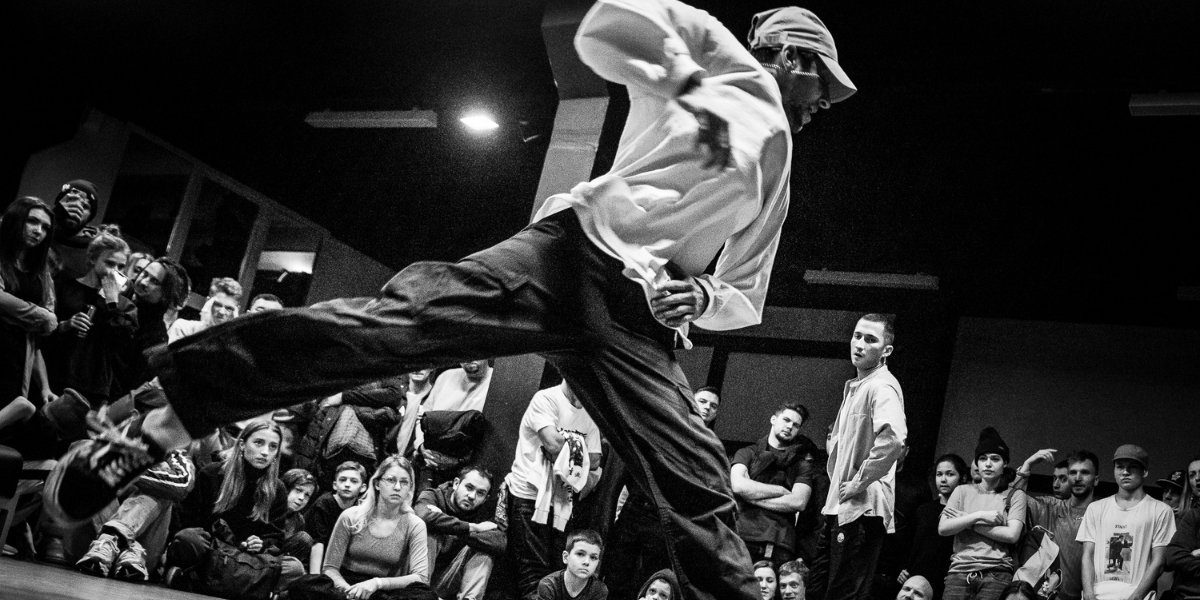How Does Professional Choreography Elevate Music Video Success?
In today’s visually-driven music industry, professional choreography plays a crucial role in the success of music videos. It transforms a simple performance into a captivating storytelling experience that connects with viewers on multiple levels. Choreographers craft movements that express the emotion, energy, and rhythm of a song, helping to amplify the artist’s message. When done skillfully, choreography creates memorable moments that fans revisit repeatedly, boosting a video’s popularity and cultural impact.
Experts in the field highlight that choreography is not just about dance steps; it’s about aligning movement with music, narrative, and visual style. This alignment creates a cohesive work of art that engages audiences, encouraging shares and discussions across social media platforms. For many artists, a well-choreographed video becomes a defining part of their brand identity, setting trends and inspiring fans worldwide.
Read Also: Dancing Your Way to Wellness: The Benefits of Moving to the Beat
Why Is Choreography Essential for Storytelling in Music Videos?
Music videos are a unique blend of audio and visual storytelling. Professional choreography adds a layer of meaning by translating lyrics and melodies into physical expression. Movements can highlight themes like joy, heartbreak, rebellion, or sensuality, deepening the emotional resonance of the song.
For example, iconic choreographed sequences such as Michael Jackson’s “Thriller” or Beyoncé’s “Single Ladies” do more than entertain—they narrate. Each gesture, formation, and rhythm serves the story and enhances the song’s message. Industry experts emphasize that choreography can turn abstract emotions into concrete visuals, making the song’s narrative accessible to a broad audience regardless of language or cultural background.
Moreover, choreography allows artists to showcase their personality and performance skills. It creates opportunities for dynamic camera work and stage design, enriching the visual complexity of the video. Directors and choreographers often collaborate closely to ensure that movement synchronizes perfectly with lighting, costume, and cinematography, producing a seamless sensory experience.
How Does Choreography Influence Viewer Engagement and Viral Potential?
Professional choreography significantly increases viewer engagement by creating visually striking and repeatable sequences. When choreography is innovative and expressive, audiences are more likely to watch videos multiple times, share clips, and attempt to replicate moves themselves. This replication fuels viral trends on platforms like TikTok and Instagram Reels, where dance challenges can quickly escalate a song’s popularity.
Industry analysts suggest that choreography-driven virality depends on the balance between complexity and accessibility. Moves that are too intricate may deter casual fans, while simple, catchy sequences invite participation. Successful choreography invites audiences into a shared experience, fostering community and fan loyalty.
Moreover, choreographed music videos often perform better on streaming services. The combination of auditory and visual stimulation keeps viewers engaged longer, positively impacting metrics like watch time and retention. These factors influence algorithmic recommendations, further amplifying the video’s reach.
What Role Do Professional Choreographers Play Behind the Scenes?
Professional choreographers bring specialized skills that extend beyond creating dance moves. They interpret the artist’s vision, understand the song’s structure, and consider the target audience to design choreography that complements the music and branding.
Their expertise includes timing, spatial awareness, and working with performers of varying skill levels. Choreographers also adapt movements to the director’s vision, set constraints, and production logistics. They often train artists and backup dancers intensively, ensuring precision and cohesion during filming.
Many successful music videos credit choreographers as key collaborators. Their creative input shapes not only the dance but also influences costume design, set layout, and camera angles. Industry professionals emphasize that choreography is a vital component of the creative process, requiring collaboration and flexibility.
How Has the Role of Choreography Evolved with Changing Music Video Trends?
Over time, choreography in music videos has evolved alongside shifts in musical styles and audience expectations. Early music videos often featured straightforward performance shots or simple dance routines. However, as music videos became more cinematic, choreography grew more intricate and conceptual.
The rise of genres like pop, hip-hop, and K-pop has propelled choreography to new heights. These styles often demand highly synchronized and technically complex dance routines. For instance, K-pop groups like BTS and BLACKPINK have brought global attention to choreography as a core element of their artistry and marketing.
Technology has also influenced choreography’s evolution. Advanced filming techniques like drones, 360-degree cameras, and motion capture allow choreographers and directors to explore novel ways of presenting movement. Virtual and augmented reality offer new dimensions for immersive choreography, expanding the potential of music videos.
Why Does Choreography Impact Brand Identity and Marketability?
Choreography can strongly influence an artist’s brand identity. Signature dance moves or routines become instantly associated with the artist, creating a memorable image in the minds of fans and the media. This association extends beyond music videos into live performances, commercials, and social media content.
Market analysts note that strong choreography enhances merchandise opportunities and sponsorship deals. Dance trends linked to a song can boost visibility across demographic groups and geographic regions. The replication of dance moves by influencers and fans generates organic promotion, often surpassing traditional advertising methods.
Choreographed music videos can also help artists break into international markets by transcending language barriers. Movement is a universal form of communication, allowing songs to resonate with audiences regardless of their native tongue. This broad appeal increases an artist’s global marketability and cultural relevance.
What Challenges Exist in Integrating Choreography into Music Videos?
While choreography offers many advantages, integrating it effectively poses challenges. Time constraints, budget limitations, and performer capabilities can restrict creative possibilities. Complex choreography requires extensive rehearsal, which may not always fit production schedules.
Coordinating choreography with camera work, lighting, and special effects demands precise planning and communication among teams. Misalignment can lead to disjointed visuals that weaken the impact. Moreover, some music genres or artist personas may not lend themselves naturally to choreography, requiring careful adaptation.
The pressure to create viral-worthy choreography can also lead to formulaic routines. This risks oversaturation and diminished audience excitement. Industry professionals advocate for innovation and authenticity to maintain choreography’s strategic value.
Read Also: How Artists Can Break Out of the Country Music Stereotype
How Does Choreography Shape the Future of Music Video Production?
Looking ahead, choreography will remain a strategic tool for music video success. Emerging technologies such as artificial intelligence may assist choreographers in creating novel movements and visualizations. Virtual productions and interactive videos could enable audiences to engage with choreography in real-time or through personalized experiences.
The continued growth of social media platforms ensures choreography-driven content will remain central to music marketing. Artists and choreographers who innovate and connect with their communities will likely lead the next wave of trends. Choreography’s power lies in its ability to bridge music, movement, and emotion. As the music industry evolves, this creative fusion will continue shaping how artists communicate and captivate audiences worldwide.














